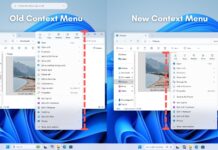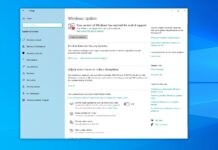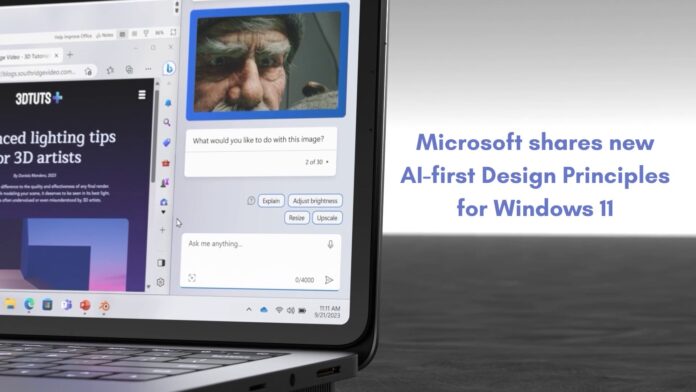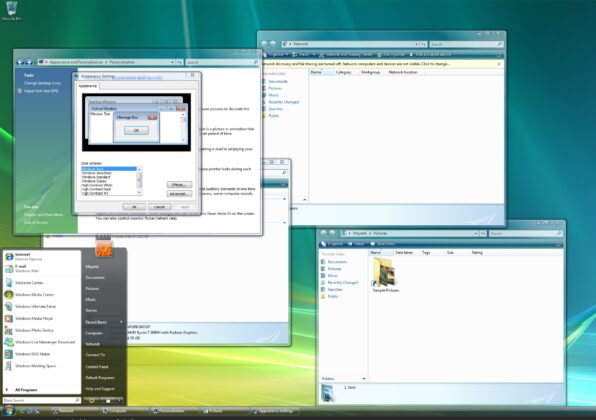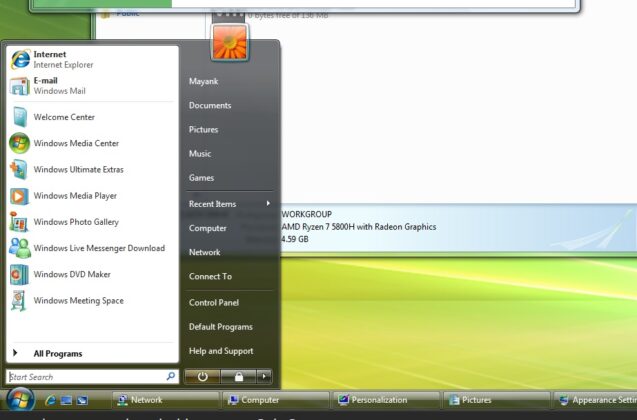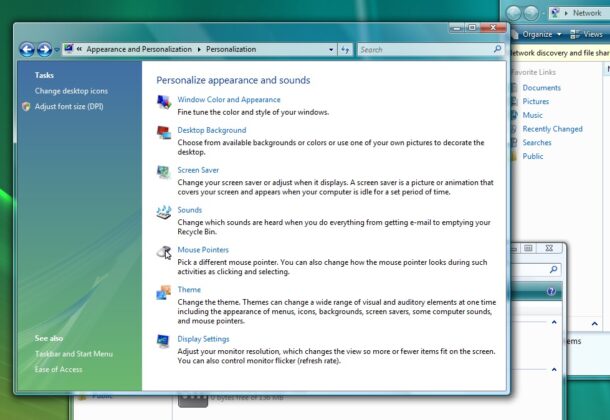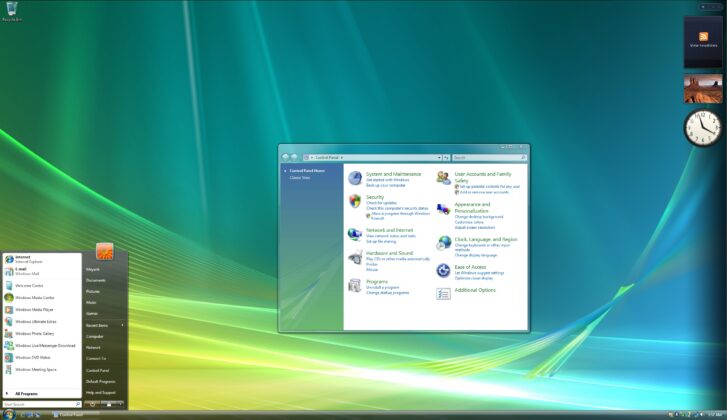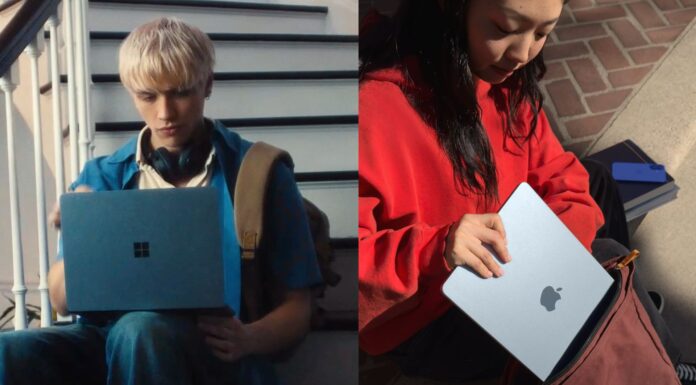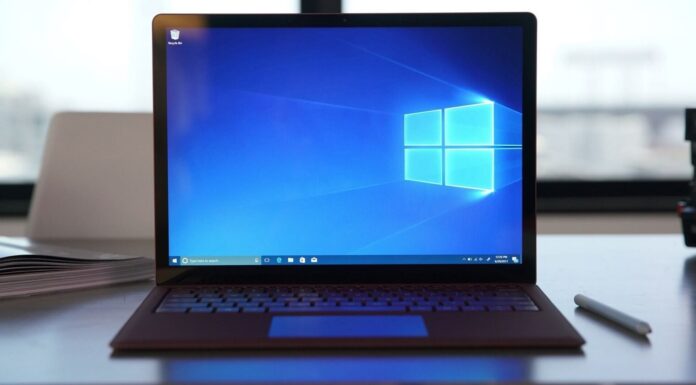Microsoft has published a new design blueprint for Windows 11, this time positioning it as an OS built for the AI era. Windows Design Director Diego Baca outlines fresh design principles that will guide future Windows releases, just as Windows 10 hits end-of-life.
Microsoft’s Windows redesigns have, historically, never been accepted at first by the community. This pattern goes back decades, actually. Vista launched in January 2007 with a lot of visual bells and whistles that many users found slowed down their PC. Windows 7 followed in October 2009 and restored confidence with a cleaner, faster desktop.
Microsoft then made a very radical move with Windows 8 in October 2012 when it pushed toward a touch-first Start screen, which meant they removed the familiar Start menu.
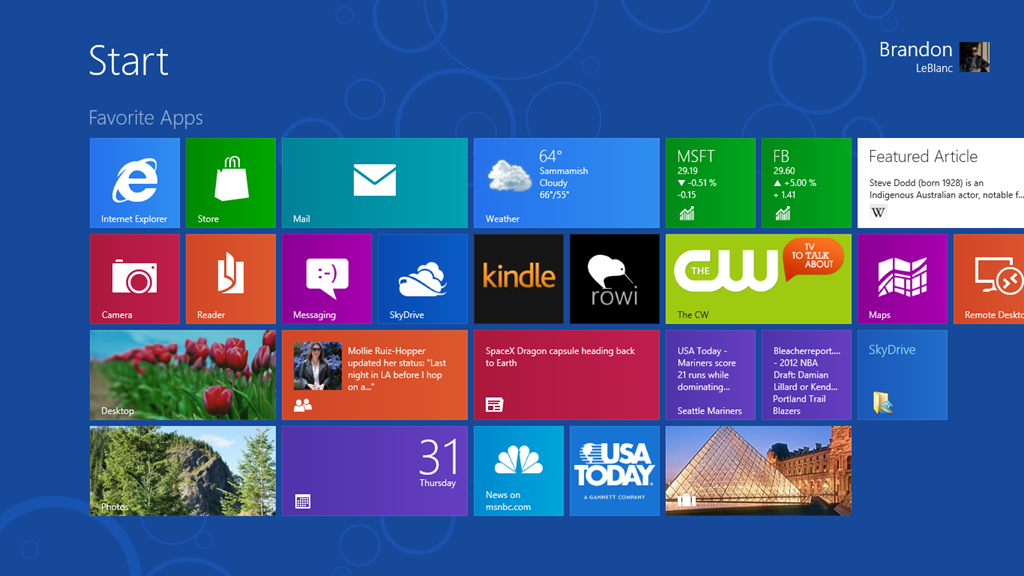
Unfortunately, it triggered a huge backlash that pushed Microsoft to course-correct with Windows 10, released in July 2015.
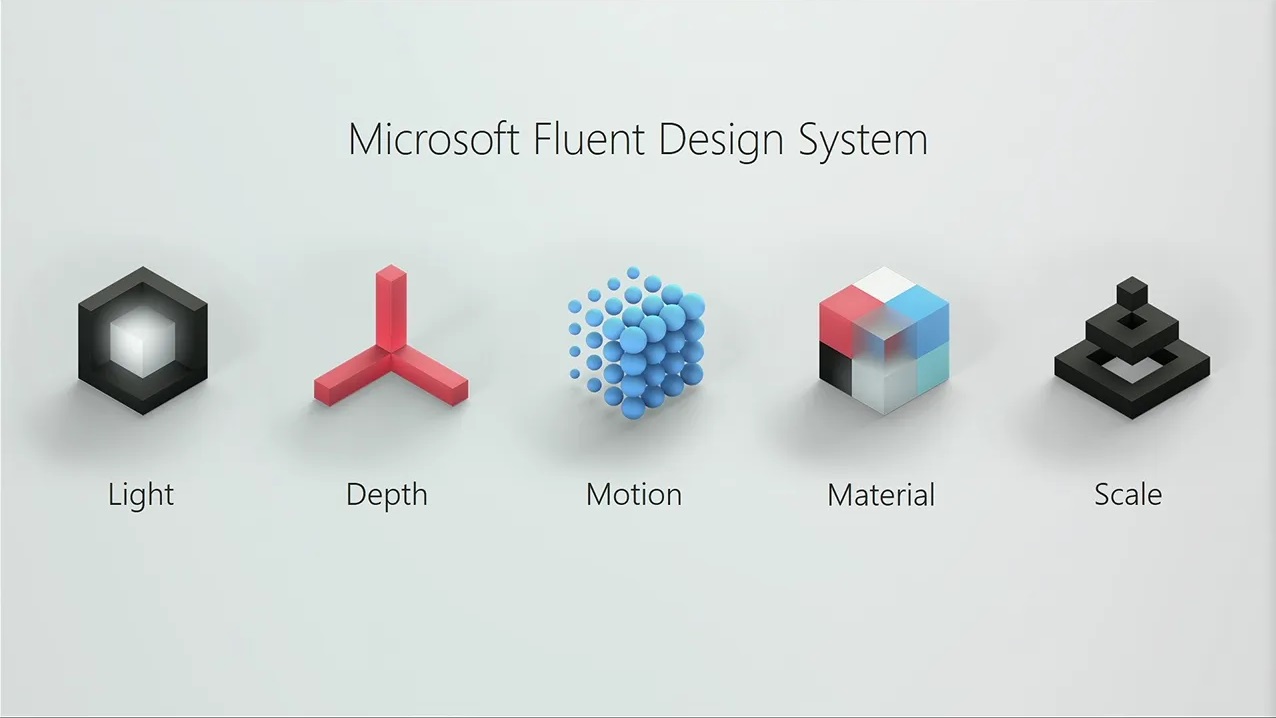
The company then announced the Fluent Design System in 2017 and introduced it slowly (read: very slowly) into Windows over the next few years, including Windows 11 in October 2021.
Windows 11 arrived as a major visual overhaul in October 2021, to the point where even as Windows 10 is reaching EOD, many are still on the fence when it comes to upgrading their PCs to Windows 11.
My biggest gripe is how Microsoft goes all in on their promotional materials that feature pastel colors and Fluent designs, but it’s never consistent in the entire OS.
Even so, recent refreshes like Microsoft’s new Fluent Office icons have earned praise in my heart. Keeping the momentum, Microsoft has now published a new design blueprint for Windows 11 that centers on AI and personalization, which is a gentle direction rather than “hitting refresh”.
This blog post was posted on October 8 and spotted by Windows Latest today.
Microsoft shares Windows 11’s new design principles for AI
Microsoft’s Design Director, Diego Baca, starts off by comparing Windows to a home. While there is some truth to it, with Windows having 1.5 billion users, and each one of us using the OS as a part and parcel of our life, there were reasons to believe that Windows was slowly drifting away from feeling familiar.
And Microsoft is at fault here because of the aggressive push towards companies and enterprises. On the other side is macOS, which is increasingly becoming more consumer-friendly and desirable, especially with the M series processors.
However, owing to the recent uproar in AI, the company is now planning to design aspects of Windows 11 by molding it for AI.
Microsoft admits it failed people with Windows 8 redesign, but that won’t happen again

The company admits that they lost people with Windows 8’s design and usability. They won’t try to make the same mistakes again, and the messaging today suggests a more gentle approach to design where people will feel right at home if they upgrade from Windows 10, which is on its deathbed.
“The Windows 8 release drove that home in an important way. When we revealed UI that was completely different from the prior version, including removing the Start button, people were lost,” Microsoft’s design director noted in the blog.
Microsoft is framing AI integration as something native; something that blends in your workflow rather than needing you to learn things over. Windows 11’s new design principles are not selling a feature list anymore. It’s selling a direction.
We believe this path is a slow, quiet shift into an AI-first Windows.
Microsoft is laying down four design principles: Intentional innovation, craft + scalable systems, tailored for all, and secure, trustworthy and compliant by design.
Microsoft clearly doesn’t want to shock us with another dramatic Windows UI redesign
Although most people don’t realise it, Windows 11 has changed considerably ever since its launch in October 2021.
The company now says that they’ll make changes in design only when they improve the user experience, and by extension, it means more or less the same design, but with elements that help us use AI.
“Trying out new AI-first design patterns…is more comfortable when it’s within a recognizable environment,” Microsoft argues in the blog post.
Microsoft calls this principle “Intentional innovation”, and it’s the company’s way of acknowledging that, instead of slapping the Copilot logo everywhere, it’s better if they would add decisive design features where it would make sense to use AI.

For example, under this principle, in the blog, Microsoft shared a video where a contextual submenu pops up when the Copilot icon is long-pressed (or right-clicked), and there are options to summarize, explain, or rewrite what’s on screen. Of course, regular Windows 11 PCs without NPU doesn’t have this feature yet. But the idea is that there isn’t much change on the outside.
The Copilot app icon has been here for some time now, but Microsoft wants us to use it naturally, intuitively, and intentionally.
Windows has always been designed for power users, who remember keyboard shortcuts like their ATM passwords. But now everyone has a computer in their pocket, and most Windows users don’t remember shortcuts. However, they instinctively long-press their smartphone’s power button to call upon Gemini or Siri.
This is the kind of change that Microsoft envisions their users making on Windows 11.
Microsoft promises Fluent design, more animations, and deeper synergy
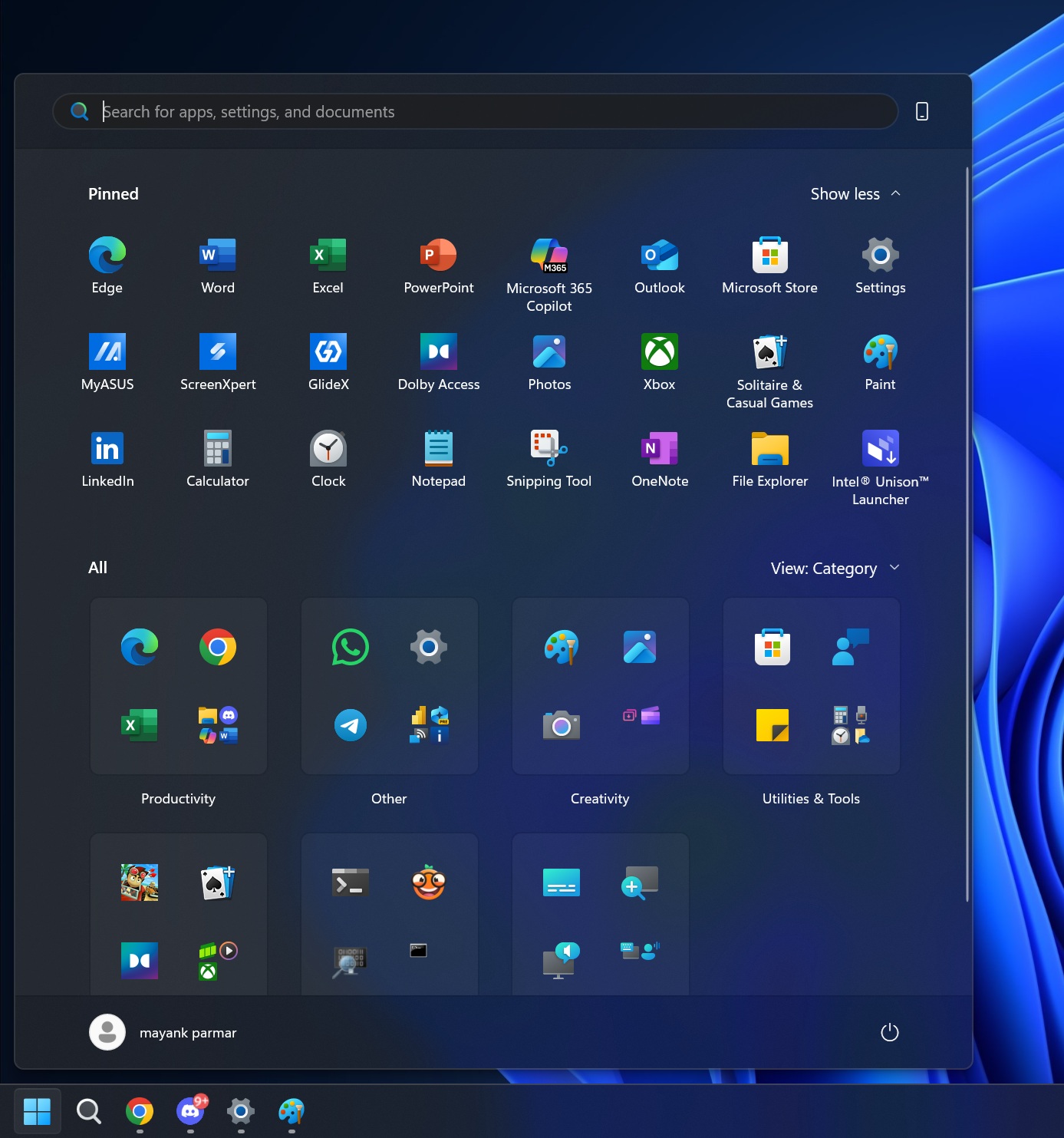
For years, Microsoft has been saying that they’re going all in on Fluent design, and it’s the same story again. But I digress, and I believe that Microsoft is actually serious this time, especially as the world is now moving towards a more picturesque design with depth effects, courtesy of Apple’s Liquid Glass, which, in fact, is a direct copy of the 2006 Aero design in Windows Vista.
Processors of that time weren’t ready for such demanding UI elements, but that’s not the case anymore.
Microsoft is confident that they know what is sacred for the user, and such user experiences won’t see any change in design. The goal is to make Windows “useful, usable, and desirable”. It’s safe to say that the company has already succeeded in the first two, but desirability isn’t something that Windows is known for.
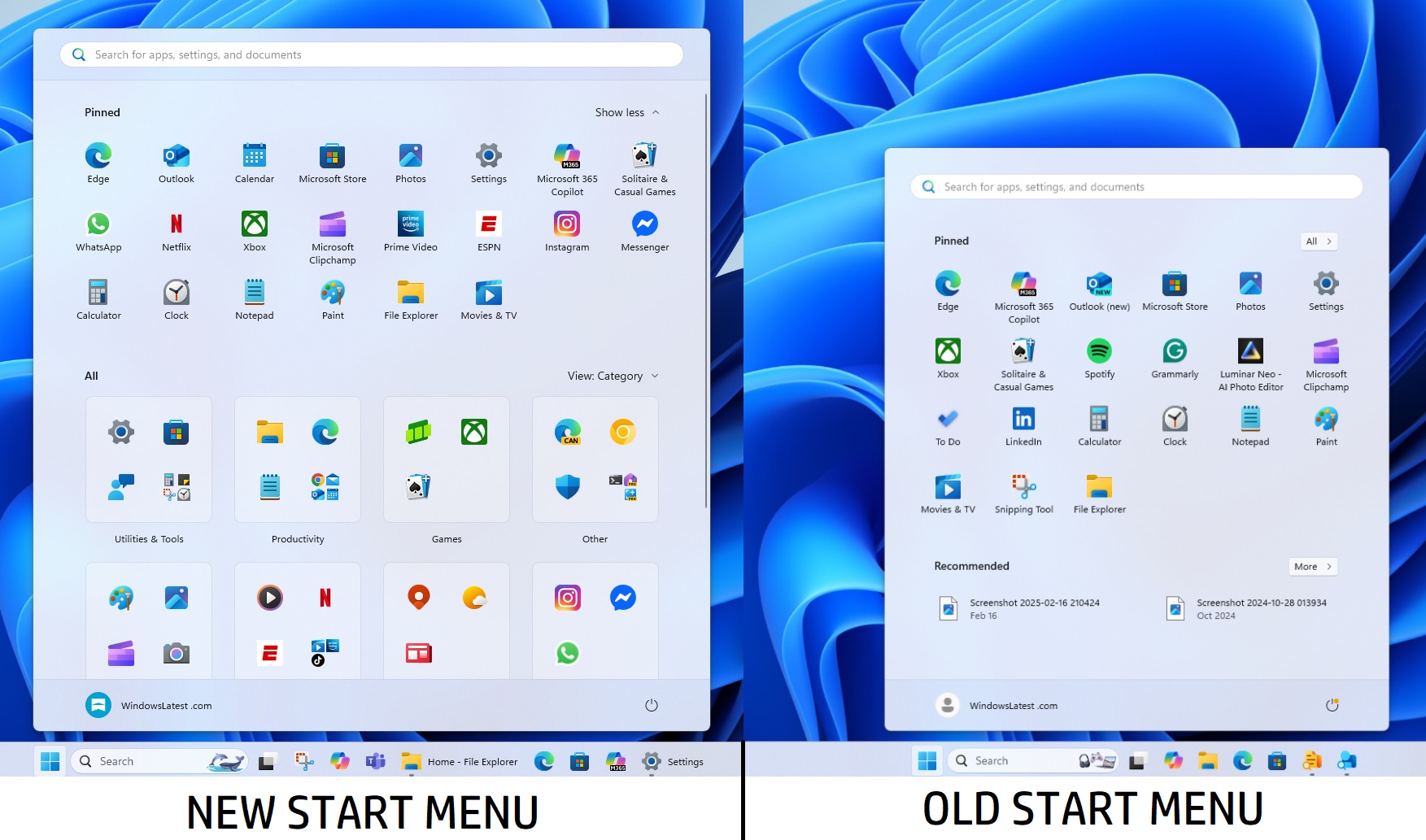
However, the 50-year-old company hopes to turn things around with more focus on Fluent animations and transitions, along with better integration within Microsoft’s products and services, and, expectantly, creating a flexible and connected ecosystem with new AI-powered experiences.
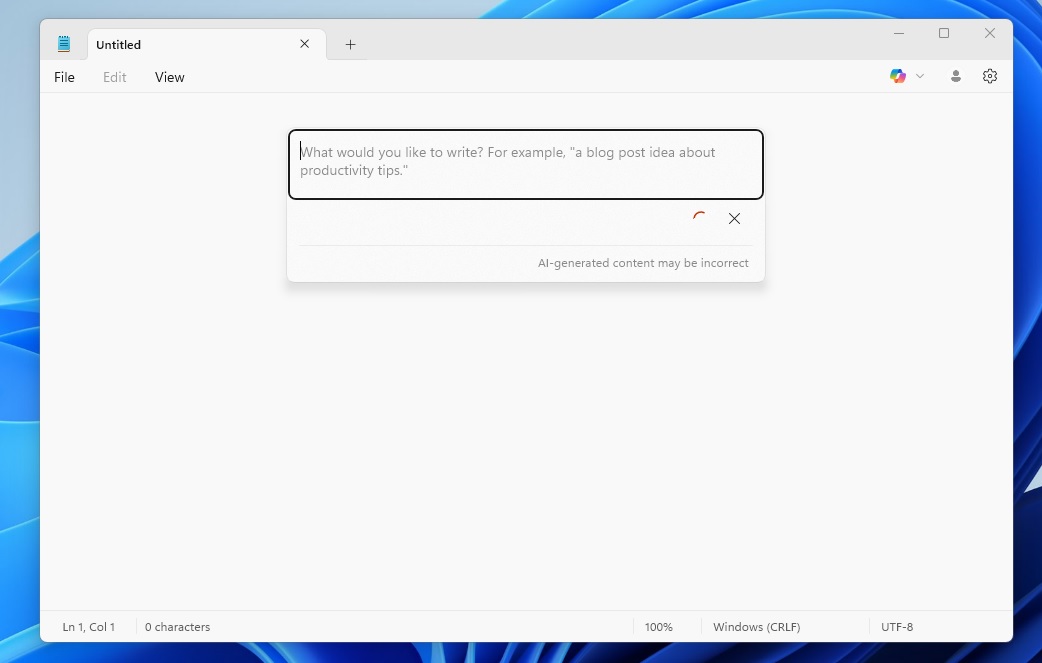
Classic apps like Microsoft Paint and Notepad have seen massive improvements in design and functionality, and from what Microsoft says, we can expect all legacy apps to get more AI features that make “everyday tasks easier”.
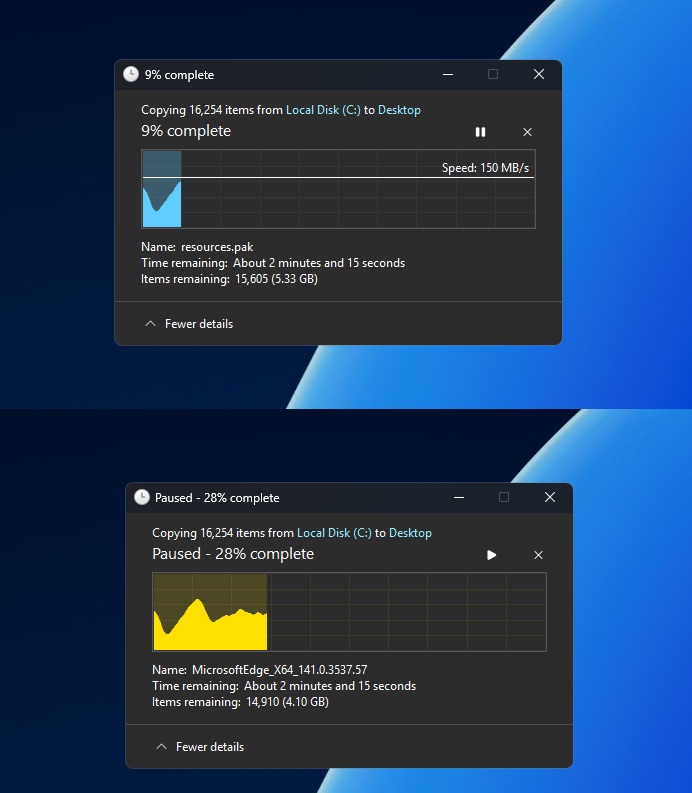
The plan here is to use familiar design patterns, controls, and elements within Windows and Microsoft apps. These new features will likely be powered by AI. But the company may be able to avoid user backlash with their “learn once, use everywhere” approach, which essentially means that the user experience of AI functions across Windows will be based on the “longstanding habits” of its 1.5 billion users.
Microsoft now has in place a unified product development approach that enables us to integrate Copilot and Microsoft 365 into our workflow. And the company plans to expand it further with “craft + scalable systems”.
Microsoft to create personalized AI experiences in Windows
Microsoft’s third design principle, which it calls “tailored for all”, is about Windows changing its layout and priorities based on what you’re doing. The company’s Design Director talks about a “hyper-contextual AI system” that adapts Windows to serve “your specific needs”.
Recently, we’ve seen Windows 11’s new Handheld Gaming mode on the Xbox Ally, but the company says that Windows will be customizable, hinting at future versions of the OS that will have a gaming mode, creator mode, or a productivity mode, all in your PC that adapts based on how you use it. Of course, these experiences will be powered and personalized by AI.
Security as a part of design
There isn’t any talk about AI without mentioning security. And Microsoft is no stranger to criticism when it comes to privacy and security, especially when it comes to AI.
Microsoft understands people’s heightened enthusiasm for AI, but the company also recognizes that privacy is a major hurdle that prevents users from trying new AI experiences, like Recall, which was delayed for months due to privacy concerns.
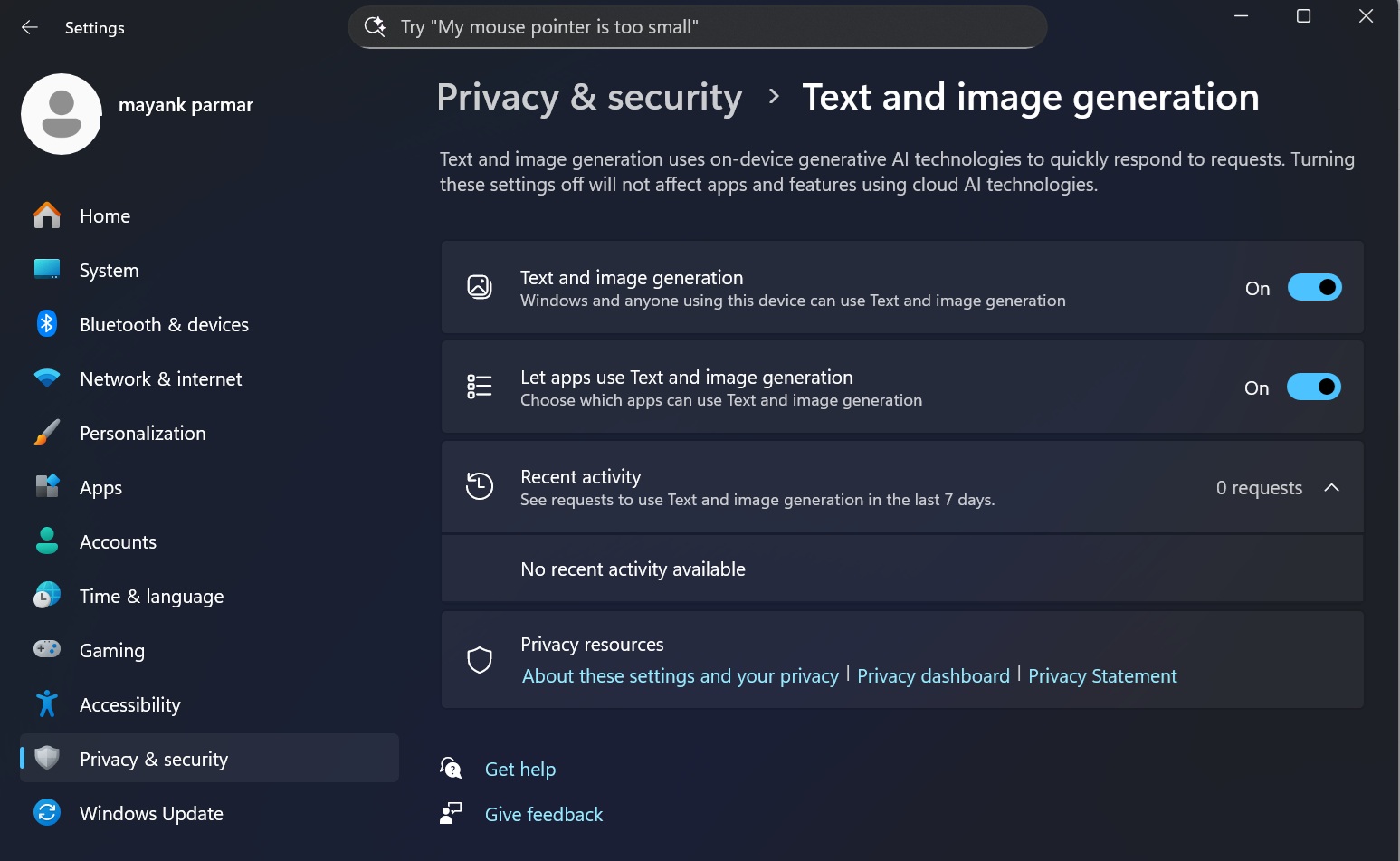
There is no going around the fact that the more an AI knows about you, the more useful it becomes. However, no one wants to explicitly give their information to AI, and Microsoft’s solution here is to make AI experiences in Windows “secure, trustworthy and compliant by design”.
The company says that they incorporate security measures at the earliest stages of development of a product within Windows. It’s clear that Microsoft wants to present AI as something structurally safe and compliant, and the biggest software company in the world plans to do this by aligning what they say with what they do.
What Windows 11 design principles mean for Windows 12
Windows 11 came at a time when AI wasn’t a buzzword. Although Microsoft hasn’t given out a word about Windows 12, we believe that the next major update to the OS will be context-awareness. If Windows 11 is going beyond keyboard and mouse, Windows 12 (if and when it happens) is likely going to be an agentic OS that uses voice, vision, and touch input.
With Edge and Chrome to soon get agentic browsing modes, it may not take long for people to create new “longstanding habits”, and that might be when Microsoft feels it will be the right time to launch Windows 12.
Either way, I expect Microsoft to retain these same design principles while developing Windows 12. It’s safe to assume that Fluent design + contextual AI + agentic mode will be at the forefront.
With Windows 10 finally entering its end-of-life phase, Microsoft has a closing window to reset expectations for future releases of Windows 11, up until the release of Windows 12.
However, reading between the lines, the company also isn’t planning anything radical just yet. I’m not expecting any visually loud experiment like Windows 8, and neither is there any mention of update schedules for the said changes to take place in Windows 11.
For now, Microsoft just wants Windows to be familiar to its users, while making AI feel native.



